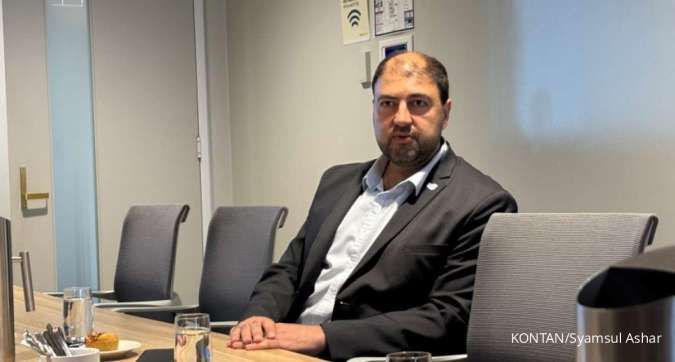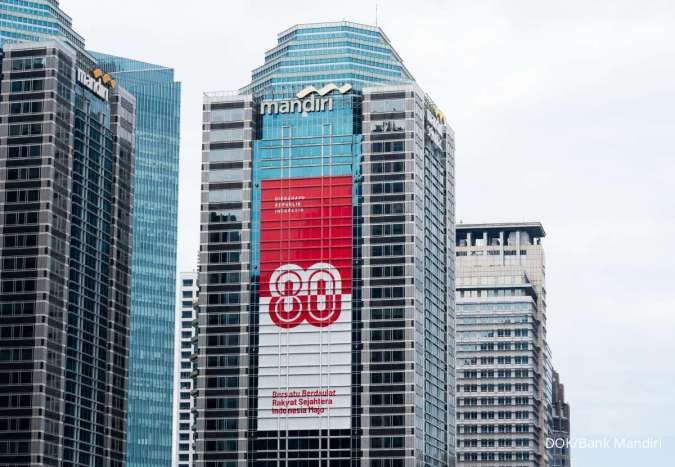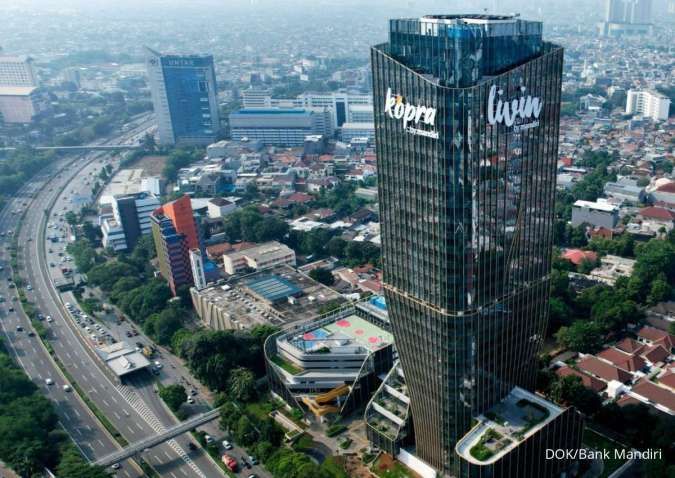SYDNEY — Cochlear, an Australian medical technology company that manufactures hearing aid implants, is exploring potential collaborations with the Indonesian Government and BPJS Kesehatan, the country's social health insurance agency, to address early deafness caused by hearing disorders.
This was conveyed by Jason Chai, Director of Market Access & Government Affairs at Cochlear, during a meeting at the company's headquarters on Wednesday (19/11). However, Chai did not specify the exact form of the proposed collaboration.
Tonton: Bos BI Sebut Penerapan Redenominasi Butuh 6 Tahun, Berikut Tahapannya!
Cochlear's initiative to partner with BPJS Kesehatan and the Indonesian government is highly strategic from a public health perspective, particularly in preventing early deafness. Reflecting on the situation in Australia, this initiative should begin with government policies mandating clinical tests for newborns to determine whether they have hearing disorders.
Early intervention can significantly improve outcomes for infants with hearing disorders, especially in terms of language and overall brain development.
This initiative comes amid significant challenges in Cochlear's hearing aid implant production capacity. Alex Stonehouse, Director of Manufacturing at Cochlear, revealed that the company's factories still rely on human labor to assemble implants, a process that can take several weeks. He added that finding skilled workers for production is not easy, as it requires up to six months of training.
Currently, Cochlear has implant production facilities in Australia, specifically at its headquarters in Macquarie Park, New South Wales, as well as in Chengdu, China, and Langkawi, Malaysia.
Despite being spread across three locations, Cochlear's total production capacity only reaches about 12,000 units per year. Meanwhile, according to Stu Sayers, Cochlear's President for the Asia Pacific and Latin America regions, the demand for hearing aid implants in the Asia Pacific region is 55,000 units per year and continues to increase.
This significant gap between production and demand raises serious questions amid a worsening hearing crisis in the Asia Pacific region.
Alarming Figures
According to Cochlear reports and other public data, in the Western Pacific region, about 546 million people live with hearing disorders, including 38 million children.
Meanwhile, the World Health Organization (WHO) estimates that by 2050, the number of people with hearing disorders in this region could surge to 760 million, in line with the growing elderly population.
Watch: Coal Exports Will Be Subject to Export Duties, Rates Follow Price Trends
The economic burden of hearing disorders is also substantial. Based on Cochlear's calculations in "10 Facts About Hearing Loss in Asia Pacific," the total socio-economic cost of hearing disorders in the Western Pacific region could reach US$ 28 billion per year.
What's more shocking: only 1 in 20 people who clinically need a hearing aid implant actually have adequate access to one.
However, early diagnosis and intervention for hearing loss have been proven to improve quality of life, prevent social isolation, and reduce psychological impacts.
Limited production capacity is a major obstacle in meeting demand. A shortage of trained workers to manually assemble implants forces Cochlear to face a dilemma: accelerate production without compromising quality, or slow down distribution expansion.
If the collaboration with BPJS and the Indonesian government is realized, the potential access to implants for early deafness patients could significantly increase. However, without an increase in production capacity, the collaboration risks becoming a promise without meaningful action.
Hearing Aid Implant Market Trends
The demand for cochlear implants is expected to continue to grow. A report from Research and Markets states that the global hearing implants market could reach US$ 4.9 billion by 2030, with an annual growth rate (CAGR) of about 7.7% from 2024 to 2030.
Read Also: Recce Pharmaceuticals Set to Launch Diabetic Wound Topical Gel in Indonesia
Meanwhile, according to Marketsand, the global cochlear implant market is predicted to reach US$ 4.73 billion by 2030, with a CAGR of 9.2%.
It's not just a health issue: Cochlear also notes that cochlear implants provide significant socio-economic benefits. In a report to shareholders, it was mentioned that the net social benefits of implants installed in a year (through increased productivity and reduced social burden) are estimated to be more than US$ 7 billion over the lifetime of the implant recipient.
Cochlear's initiative to partner with BPJS Kesehatan and the Indonesian government is highly strategic from a public health perspective, particularly in preventing early deafness.
However, without a significant increase in production capacity, the affordability of cochlear implants remains a major issue. Meanwhile, epidemiological and economic data from the Asia Pacific region highlight the urgency of intervention — and the potential socio-economic losses if this issue is left unaddressed.
/2025/11/19/834941290p.jpg)















